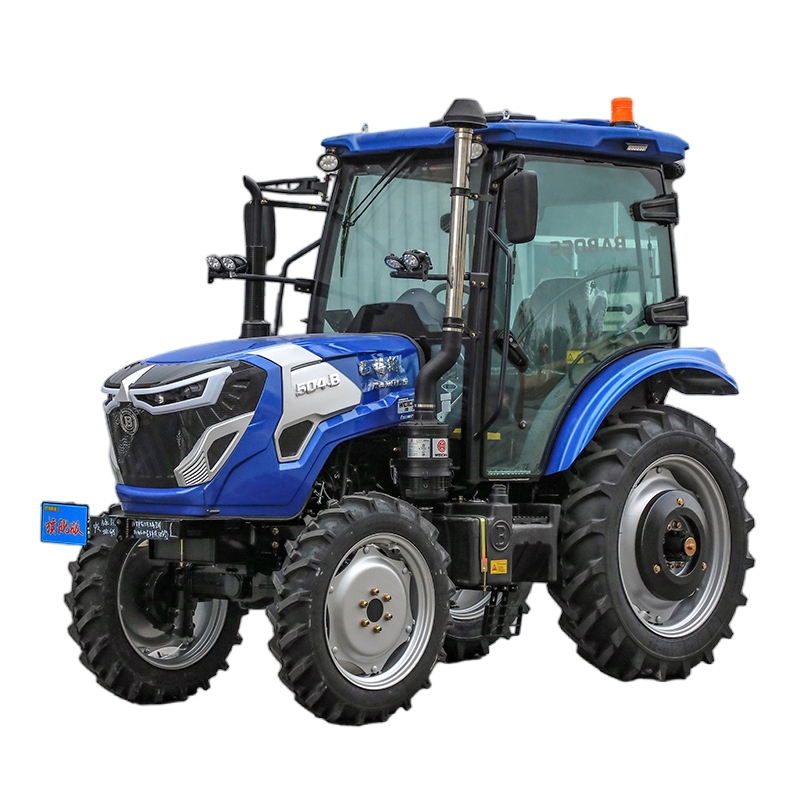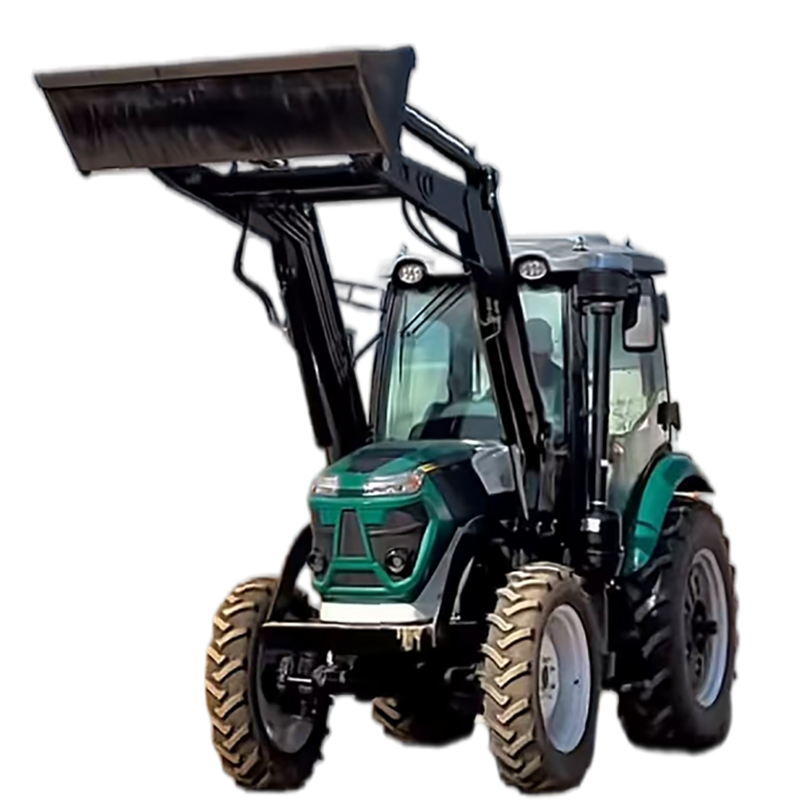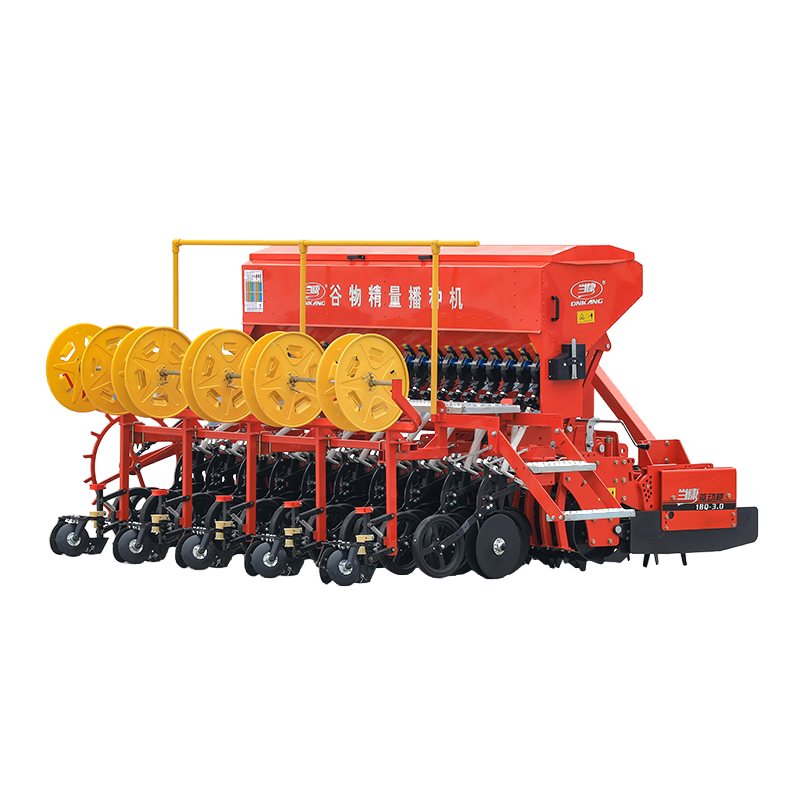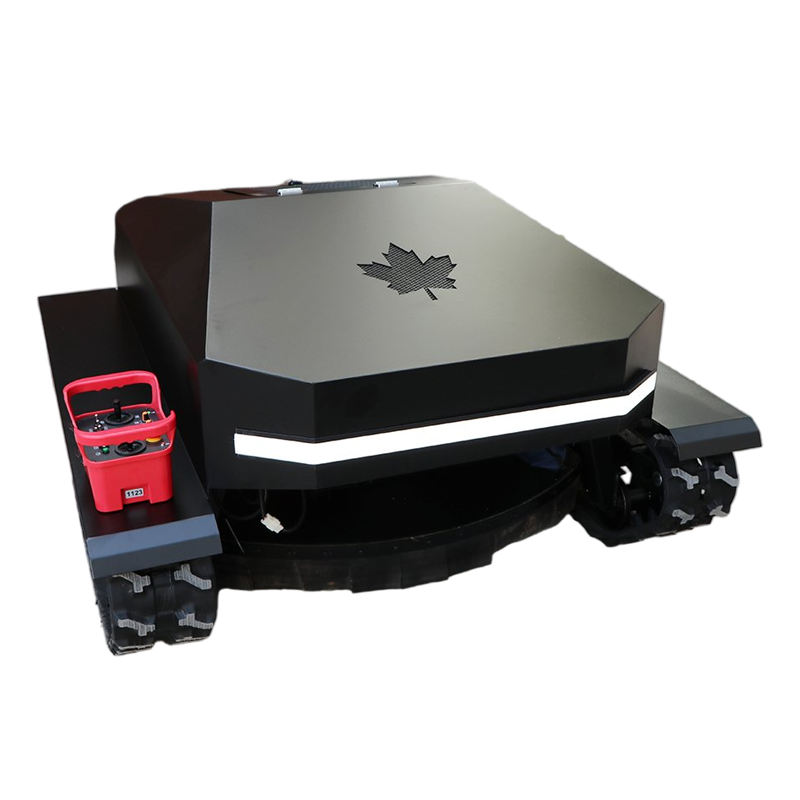



We recommend most of the options for you.
They are equipped with state-of-the-art engines to ensure optimal performance.
Learn more
Tractor + loader (excavator + bulldozer) can choose whether to be equipped with a cab
Learn more
Precision sowing, the sowing amount adopts a seeder with stepless speed adjustment
Learn more
Hybrid electric, fully remote-controlled mower equipped with multiple sensors
Learn more
We can provide you with more choices.